The famous American comedian John Carlin once said: "There is no justice in this world, reconcile." You can argue with this statement as much as you like, but looking at the pictures of starving African children it is impossible to understand what they have done so much so that the poorest countries of the world become their birthplace.
Inevitably, different thoughts come to mind like a boorish curse or something like that.
Selection criteria
Today, a world inclined toward globalization is trying to evaluate everything statistically. A huge number of methods have been developed that make it possible, with varying degrees of accuracy, to identify the poorest and richest countries in the world.
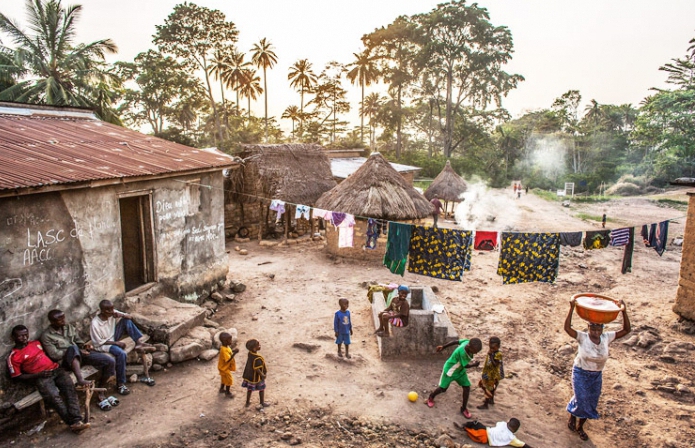 As a rule, in trying to identify the main "rogues" they are guided by the country's economic indicators, such as income or gross domestic product, calculated per capita. In principle, such a criterion cannot pretend to fully reflect the situation, but, of course, gives a general idea.
As a rule, in trying to identify the main "rogues" they are guided by the country's economic indicators, such as income or gross domestic product, calculated per capita. In principle, such a criterion cannot pretend to fully reflect the situation, but, of course, gives a general idea.
For a more correct definition, many indicators were invented and implemented: human development, standard of living, etc. They even came up with a semi-curious Big Mac index, which can also give some idea of life in a particular state.
In addition to the main ones, there are many additional indicators. So, to assess the well-being of the population, they often use Engel's law or the Lorentz curve.
Engel’s Law
In the century before last, the German economist Ernst Engel suggested (and this was confirmed by further research) that the lower the income of a person (family), the greater part of it goes to satisfy basic needs (primarily food, in the second - clothes, shoes, etc. . P).
What follows is the satisfaction of housing needs, medical services, as well as purely humanitarian needs: education, culture, etc.
The coefficient has enough critics: it is argued, for example, that the said law does not take into account the specifics of the development of society and technological progress, but the use of the Engel coefficient is quite common.

Lorenz curve
In an attempt to assess the fairness of the distribution of material wealth in each individual state, the American scientist Max Otto Lorenz proposed constructing a graph of income distribution based on which part of the population (in percent) receives a certain part of income (also in percent).
Thanks to the curve, you can clearly demonstrate that "40% of the population receive only 20% of the income" or "5% of the oligarchs own 90% of the property in the country." Such statements are often published in the press.
It is believed that the Lorentz curve should not be too “straightened” - with an equal distribution of income, a market economy is impossible in principle (and the other, as the USSR proved, cannot be effective). On the other hand, an excessive gap between rich and poor can provoke revolutions, wars and other social disasters that cannot positively affect the development of the state.
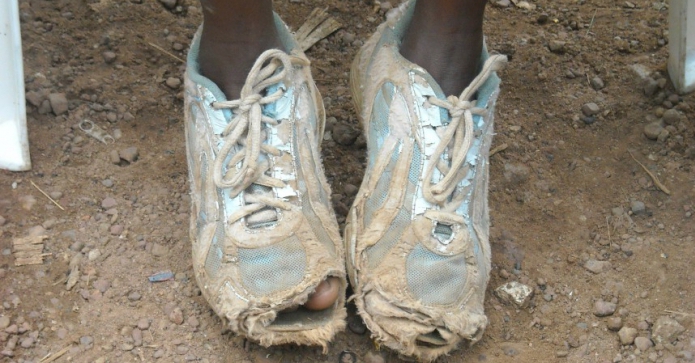
The mendicant continent
It is regrettable, but the most disadvantaged inhabitants of the planet are mainly deployed in Africa: the top of the poorest countries in the world (30 states, which occupy the last places from 201 to 230 in the ranking) are 80% representatives of the "black" continent. For completeness, we note that in the twenty of them, 85%, and in the top ten - all 90.
If you study the statistics, it turns out that the poorest countries in the world rarely make jerks in the sense of improving their financial situation.So, in 2010, the Democratic Republic of the Congo received the status of the poorest state, which held its positions until 2012 inclusive. Then the baton (in 2013) was taken by the Central African Republic, which in 2014 managed to keep the palm.
Over the past five years, the DRC, the Central African Republic, Malawi, Nigeria, Burundi, Niger, Mozambique and Eritrea have consistently been among the ten poorest. They either entered the indicated hit parade, or Guinea, Ethiopia and Togo dropped out of it.
Creepy horror
It is pointless to challenge the fairness of the occupied places. The peloton is quite dense, and it is hardly possible to determine who is the poorest of all: statistics are a delicate thing. According to various international organizations, the picture is slightly different. According to the IMF for 2010, it is Burundi - the poorest country in the world, while according to statistics from the European Union (Sweden, in particular), over the past five years, it has consistently ranked fifth in the “top ten” of the worst of the worst.
The living conditions of the population in all these states are beyond civilized notions. Hunger, disease, animal cruelty. We can regret to say that the level of poverty is determined by the level of general civilization. Economic development correlates with other indicators, such as the Human Development Index (HDI).
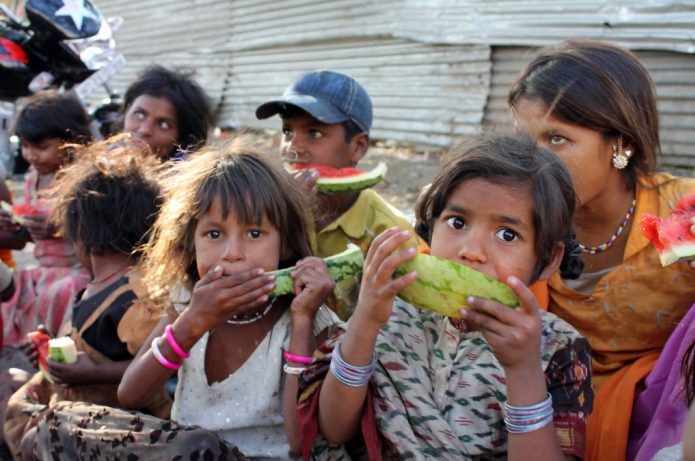
Living standards
The HDI takes into account three main components: standard of living (the country's income per capita is taken for estimation), literacy and life expectancy. The calculation method is simple, but the results are published only after the publication of the relevant data within each of the states, so we can’t have “fresh” numbers. The average publication is 3-4 years behind. The 2014 report (published in Tokyo) is mainly based on 2010 data.
Among the states with the lowest HDI (without any surprise, however) you can see almost all of the same 10 poorest countries in the world. Last place - Niger. Then, in increasing order:
- DRC.
- Central African Republic.
- Chad.
- Sierra Leone
- Eritrea
- Burkina Faso.
- Burundi.
- Guinea.
- Mozambique.
Some indicators amaze even the people living in the territory of the former USSR (not too rich and not too prosperous territory).
Life expectancy on average is about 50 years. The level of education is quite consistent: in the twenty “closures”, the same CARs (index 0.318), Burundi (0.37), Ethiopia (0.317), Guinea (0.294). Eritrea (0.228) is in the last but one place, and Niger (0.198) is in the last place. The indicator includes the adult literacy rate and the number of people receiving education.
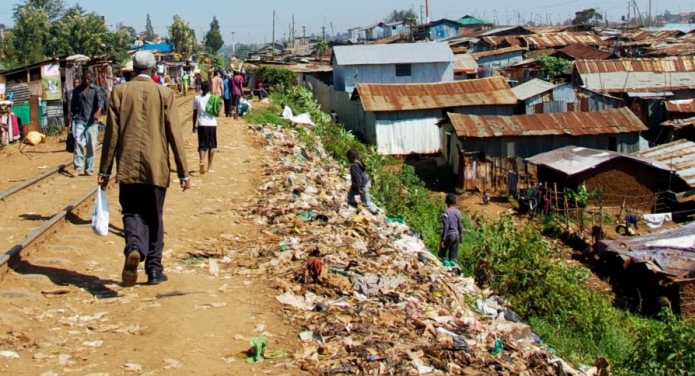
Difficulty in calculating
Do not forget also that some data may not be completely correct. In any case, if we take into account the massive falsifications of “democratic” elections in all of these countries, it becomes obvious that the poorest countries in the world are not adherents of exact numbers - they do not need to fix official statistics.
For individual countries, such as Somalia, information is not available at all or cannot be considered reliable. According to some sources, this state ceased to exist as a political unit, having broken up into small territories controlled by local "leaders".
Nightmare Reality
Living conditions can be considered nightmare. The population of each of the states that are in the top of the poorest countries in the world lives most of their lives in inhuman conditions - and this despite the fact that most of them have enough minerals to lead even if not rich, but quite decent lives.
Systematically occupying the last places in the ratings, the country of Sierra Leone has at its disposal the richest deposits of diamonds and bauxites, and the “champion” of recent years - the Central African Republic - diamonds, oil and uranium.
Industry in the poorest developed countries badly. Up to 90% of the population is engaged in agriculture, almost all products are consumed domestically. Some states export. For example, the state of Burundi, which regularly replenishes the list of the poorest countries in the world, exports coffee, and it makes up about 40% of all its exports.
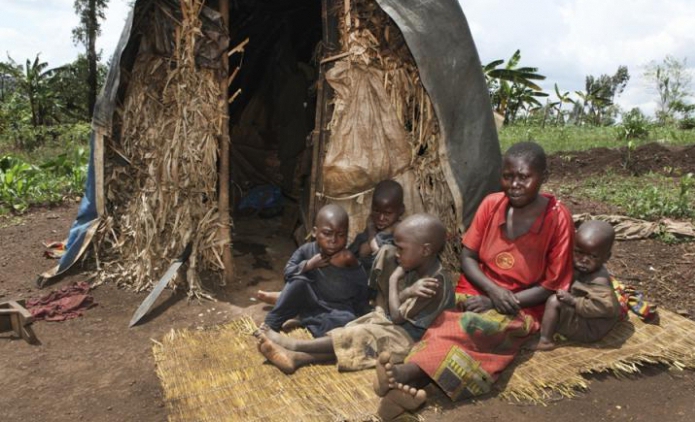
Wars
The reason for such a sad situation in most cases is a very weak level of civilization in a number of countries. An illustration is the political struggle, in which rivals are castrated and forced to eat their own cut off ears (Liberia, 1980), and then show videos with captured mockery of the whole world.
It is hardly fundamental to find out which the poorest country in the world is the least prosperous. They are all equally characterized by the frequent change of government (mainly through armed coups), genocide, civil wars, the extremely low level of democratic institutions, etc.
The history of Burundian Tutsis and Hutus has shocked the world, and there is still Liberian cannibalism (the unfortunate coupist Kwiwonkla, who tried to overthrow Samuel Dow, was partially eaten up), endless killings among civilians during civil and external wars, Ethiopians starving to death.
Epidemics
The health status in the poorest countries can be imagined by anyone who has at least the rudiments of imagination. People who eat no more (!) Twice a day cannot rely on modern medical care. In part, this situation affects life expectancy. Another alarming indicator is the spread of disease.
Of the 35 million people infected with HIV, 25 million (71%) live in Central and South Africa, where the world's poorest countries are deployed. The extremely low literacy rate of the population and the local traditions (for example, parallel matrimony), which are wild from the point of view of a civilized person, lead to an increasing spread of the disease.
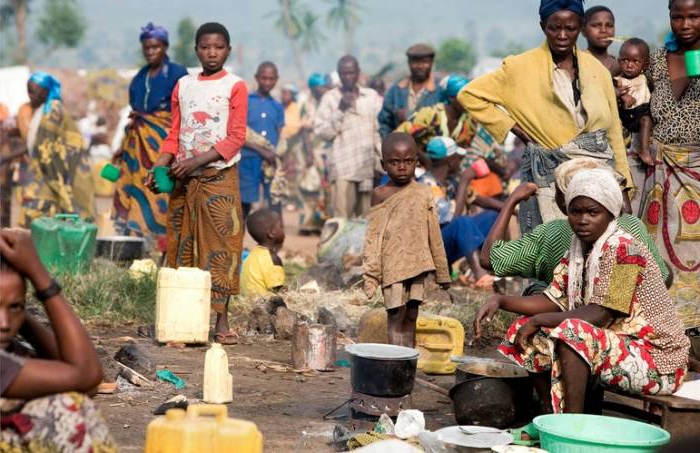 The sad situation is with regard to other diseases. So, every year in the least prosperous countries in Africa, about half a million people die from tuberculosis - this is a quarter of all deaths in the world. But in terms of population, the “black” continent is only 14.6% of the total number of people on the planet.
The sad situation is with regard to other diseases. So, every year in the least prosperous countries in Africa, about half a million people die from tuberculosis - this is a quarter of all deaths in the world. But in terms of population, the “black” continent is only 14.6% of the total number of people on the planet.
High fertility allows Africa to remain one of the most densely populated regions - an average of about 6 children per woman, however, the percentage of child mortality is also appalling.
Refugee Problem and Neocolonialism
Perhaps the world community would not have thought about what the poorest country in the world (2015 might bring a new "leader"), if not for one problem - refugees. Unhappy people striving for a better life do not stop at nothing to find themselves in countries where the standard of living is higher than in their homeland.
In the European Union, the situation looks threatening. The local population is fed up with refugees, and yet certain steps must be taken, since Italy and Spain, as the most vulnerable states, have been sounding the alarm for a long time.
Within the framework of the existing agreements, the Czech Republic should accept 1.5 thousand refugees from Syria and Eritrea in the next two years (the last state without fail includes any rating of the poorest countries in the world), and this circumstance has already caused social unrest. The Czechs do not want to provide hospitality to people, some of whom are absolutely illiterate (a third of men and half women), and even practice absolutely monstrous customs (for example, circumcision of girls).
Increasingly, calls are being made to restore order in the least prosperous countries, using elementary military power. Some even advocate the return of colonialism. Looking at the hellish conditions people are forced to live in the poorest countries of the world, this idea does not look so inhumane.
